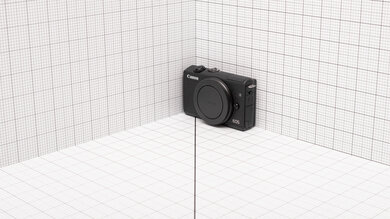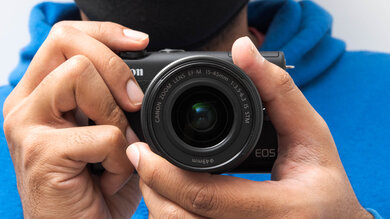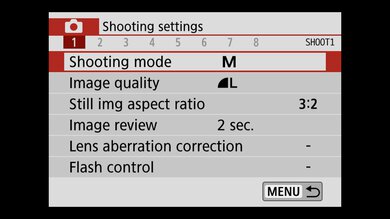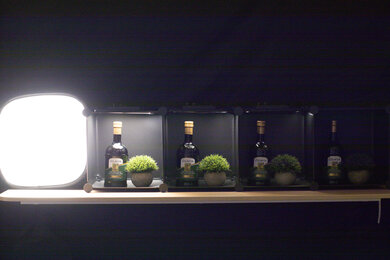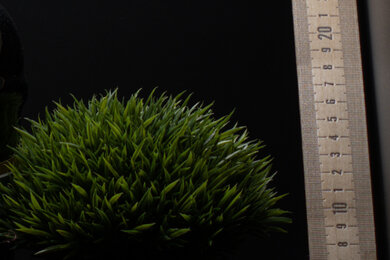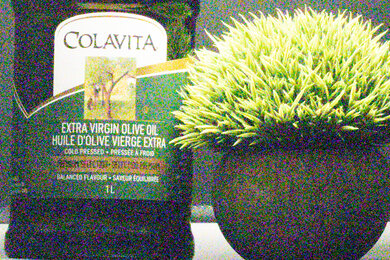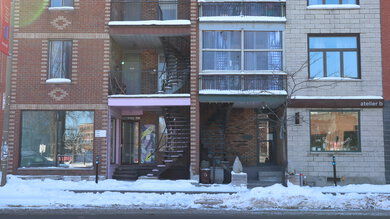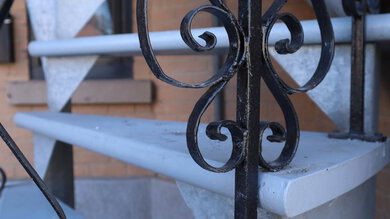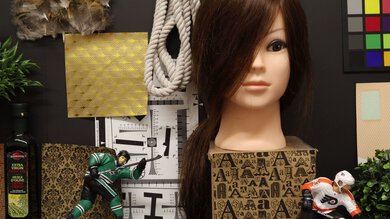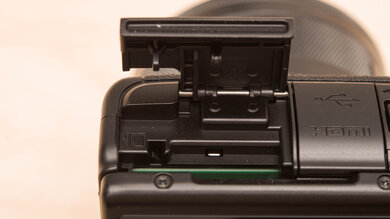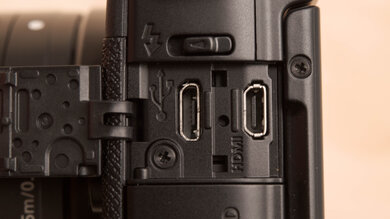The Canon EOS M200 is a mirrorless APS-C camera with a flip-out screen. It has a portable and lightweight design, but it lacks a hand grip, so it may not be comfortable for some users. It has a very good image quality, and its impressive photo autofocus system can keep track of moving subjects and keep them in focus. It can also record video in 4k and FHD, but its video autofocus system has a poor performance in 4k.
Our Verdict
The Canon M200 is good for travel photography. It has very good image quality overall, so photos look clear and detailed. Its autofocus feature also does a great job of tracking moving subjects and keeping them in focus. While it's very portable, it doesn't have a hand grip or a viewfinder, which can be inconvenient for some users. Its battery life is also mediocre.
- Good image quality for its class.
- Great photo autofocus performance.
- Portable design.
- No hand grip.
- No viewfinder.
The Canon M200 is good for landscape photography if you need something portable. It has very good overall image quality, and its screen is bright enough to be readable even in direct sunlight. It has good dynamic range to bring out more detail in high-contrast landscapes. It's also highly portable, making it easier to take on hikes. It doesn't have the best build quality and lacks weather-sealing. It also doesn't have a viewfinder.
- Good image quality for its class.
- Portable design.
- Good dynamic range.
- No hand grip.
- No viewfinder.
The Canon M200 is okay for sport and wildlife photography. It has very good image quality, and its autofocus system does a decent job of tracking fast-moving subjects and keeping them in focus. Though it isn't the fastest, the camera can also shoot at a fairly quick seven fps in burst mode. However, its buffer fills up very quickly when shooting in RAW format.
- Good image quality for its class.
- Great photo autofocus performance.
- No hand grip.
- Only one option for continuous shooting.
- No viewfinder.
The Canon M200 has decent RAW image quality. It has good dynamic range, so it can capture a fair amount of highlight and shadow detail. Images also have a good amount of fine detail when you punch in. It doesn't have the greatest noise handling in low light, though it still performs reasonably well for its class.
- Good dynamic range.
- High resolution.
- Noise handling is just okay.
The Canon M200 is okay for vlogging. This portable camera comes with a flip-out screen that you can flip to face you while you record. It has good video quality in 4k and fair video quality in FHD. However, it has some trouble smoothing out camera shake if you record while walking, especially in 4k.
- Portable design.
- Flip-out screen.
- Struggles to smooth out camera shake if you record while walking.
The Canon M200 is mediocre for studio video. It has a fair recording quality in FHD, but it performs better in 4k. Its video autofocus system does an amazing job tracking moving subjects in FHD, but it struggles a bit when recording in 4k. There also aren't any inputs for microphones or headphones, which is a bit disappointing.
- Amazing FHD video autofocus performance.
- Good 4k video quality.
- Poor 4k video autofocus performance.
- Not a lot of inputs for accessories.
The Canon M200 isn't designed for action video. While it's lightweight and portable, it can't be strapped onto a helmet and it isn't rated for water resistance. It also doesn't have a lot of frame rate options in FHD, so you can't record slow-motion clips.
- Portable design.
- Struggles to smooth out camera shake if you record while walking.
- Not a lot of inputs for accessories.
Changelog
- Updated Jan 29, 2024: Added text to the 'Raw Photo Performance' verdict box and updated other verdict boxes for accuracy and clarity.
- Updated Jan 29, 2024: Converted to Test Bench 0.12.1.
- Updated Apr 24, 2023: Converted to Test Bench 0.12.
- Updated Mar 21, 2023: Converted to Test Bench 0.11.
Check Price
Differences Between Sizes And Variants
The Canon M200 comes in both 'Black' and 'White' color variants. We tested the 'Black' variant with the EF-M 15–45mm f/3.5–6.3 IS STM lens, and you can see the label here. We expect the other color variants to perform similarly.
You can also purchase this camera with an 18-150mm lens or without any additional lenses. However, we haven't tested the camera's performance with other lenses, so we can't confirm its performance.
If you come across another version of this camera, let us know in the discussions so we can update our review.
Popular Camera Comparisons
The Canon EOS M50 and the Canon EOS M200 are very similar cameras. The biggest difference is that the M50 has a viewfinder, handgrip, and fully articulated screen, while the M200 is designed to be more compact. Otherwise, they use the same sensor and perform similarly overall.
The Sony α6000 and the Canon EOS M200 are both good entry-level cameras with APS-C sensors, though they have some key differences. The Canon has a more compact body, making it a bit easier to store and take on the go, but it also lacks a viewfinder and handgrip, so it's less comfortable to shoot with. The Canon has slightly better noise performance at higher ISO settings and a newer, more effective autofocus system. It can record 4k video and has a screen that flips up to face you, making it a better choice for vlogging. The Sony has a faster continuous shooting speed and better battery life.
The Canon EOS M200 and the Sony ZV-1 are two different types of cameras. The Canon is an interchangeable lens mirrorless camera with an APS-C sensor, making it a little more versatile for photography than the Sony, which has a fixed lens and a smaller 1-inch sensor. Though the Canon has a very portable body, it's less portable when factoring in the size of your lens. It's also not as well-suited to video since it can only shoot severely cropped 4k video, has fewer frame rate options, and has worse stabilization than the Sony.
Test Results

- Camera doesn't have a defined hand grip
- You need to use two hands to operate the camera
- No viewfinder; have to use screen to compose image
- Only one control dial
If you'd prefer an entry-level camera with a faster max burst rate, consider the Sony α6000.

